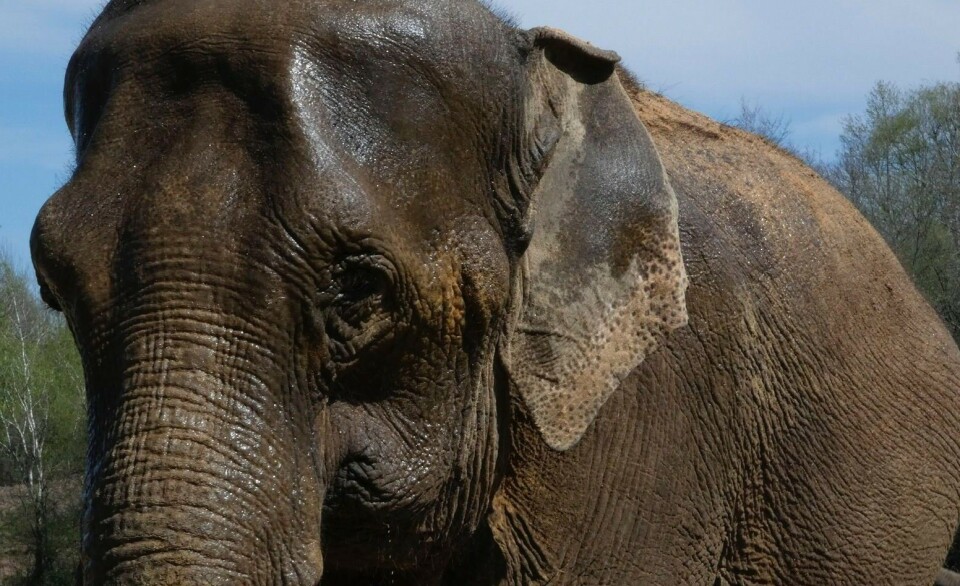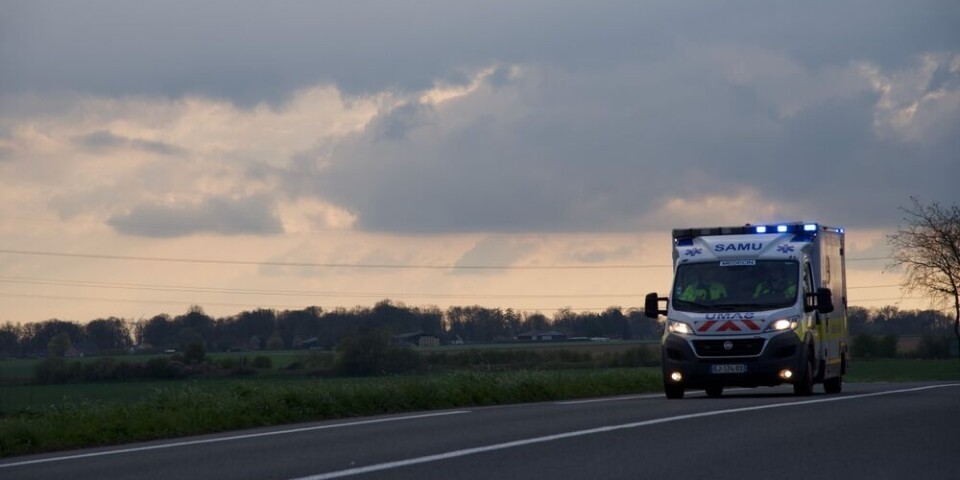-
French honey production almost double that of last year
South-east saw lower yields after being affected by summer heatwaves despite good news elsewhere
-
Dog owner finds innovative technique in France to help traumatised rescue dog
How the Trust Technique helped one Connexion reader bond with her pet
-
New anti-mosquito operation in Dordogne: What residents must do
Close to 100 cases of chikungunya have been recorded in department
Protected forest cats come back from the brink of extinction in France
A boost in biodiversity is credited as a reason for the forest cats’ return

The beautiful ‘chat forestier’ was hunted out of much of France between 1850 and the early 19th century, but now that it is a protected species, it is re-populating countryside areas.
This is good news for the environment and for biodiversity, says Maxime Belaud of the Association Nature en Occitanie.
“But the problem is interbreeding with domestic cats, which threatens the integrity of the species.
Obviously this is very hard to counter, but we are running a campaign to raise awareness and encourage owners to get their cats sterilised.”
He says that although people cite the cost of sterilisation as a hurdle, it is cheaper than the cost of feeding multiple litters of kittens, or paying for the care of a female cat exhausted by constant breeding.
Feral domestic cats are another problem, because since they have no owners, no-one is responsible for sterilising them.
“There is also quite a militant minority who believe that sterilising cats is in some way cruel or unethical.”
Distinctive markings
Forest cats can be recognised by their coats, which are brown with subtle darker brown markings.
They have a dark line running down their spine from the shoulders to the tip of the tail, which is very thick and has from one to three dark rings around it and a black tip.

They also have distinctive blue eyes.
On average they are slightly larger than the domestic cat.
“Sometimes however, the only way to be sure is to collect samples of the fur an animal has shed and get a DNA analysis done at the lab.”
Maxime says that there are two populations of forest cats in France.
“There are several thousand in the north-east of the country, and several thousand more in the Pyrenees.”
The association has been tracking them since 2020 and now says they are living in the Montagne Noire although only 30% are pure bred.
The rest are crossed with domestic cats. In the past, they were sometimes confused with lynx and farmers shot them because they suspected they were attacking their herds, but in fact forest cats only hunt small mammals like field mice and voles, and the occasional bird.
The population in France, one of the largest in Europe, is now growing steadily and they are beginning to move into new areas.
Until the 20th century, they were indigenous to the whole country.
Spotting them can be hard, because they stay away from human activity.
They are nocturnal during the warmer months, but tend to hunt during daylight hours during the winter, except if there is a lot of human activity in the area, in which case they hunt after dark.
Related articles
Legendary Corsican ‘fox-cat’ to be listed as a new species
Police probe reports of a lion roaming near a town in northern France
Two lynx kittens born in northern Vosges - the first in 400 years
























